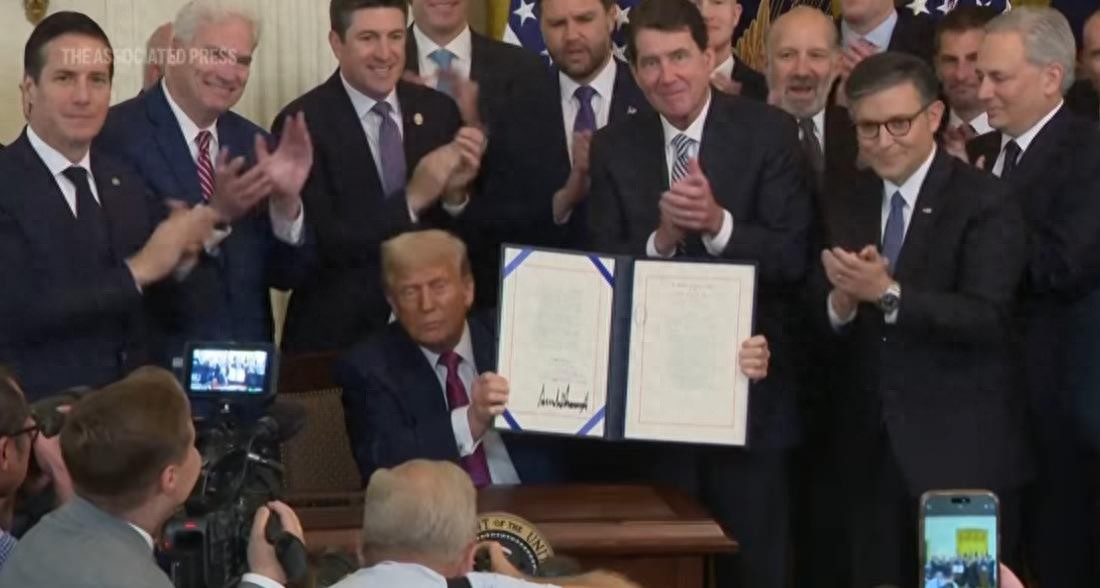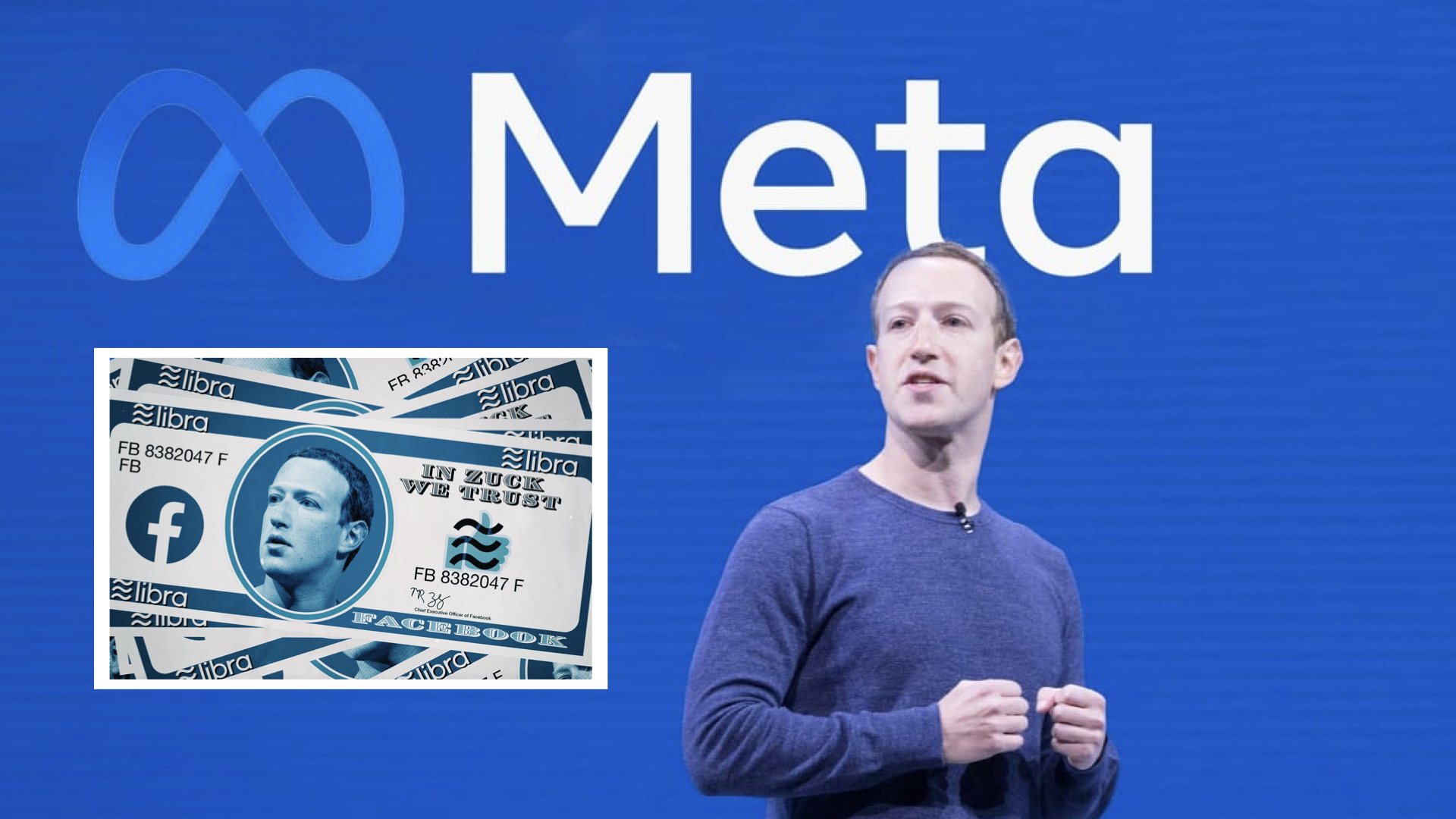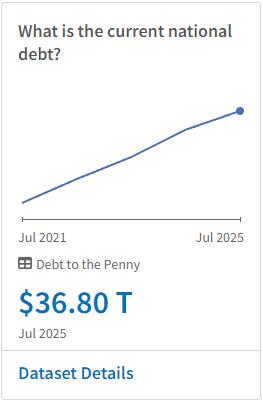【Text by Observer Net, Tao Lifeng】
Today (August 1st), the first comprehensive regulatory framework for fiat-backed stablecoins in the world — the Hong Kong Stablecoin Ordinance — came into effect, and relevant institutions can now start applying for licenses.
Not long ago, US President Trump also signed three cryptocurrency bills. Compared to the United States, Hong Kong's stablecoin bill is more concise and clear, and more stringent: a HKD 25 million entry threshold, 100% asset collateral, and a one-day redemption guarantee.
Shao Xing, an industry professional with 10 years of experience in stablecoin-related business, believes that after the issuance of stablecoins, it will be necessary to find channels and traffic platforms to support them, and there needs to be a large number of application scenarios for implementation. Shao Xing also predicts that in about five years, peer-to-peer payment methods based on compliant stablecoins will gradually replace SWIFT (the international funds clearing system), leading to significant changes in the entire financial system.
What is a stablecoin?
By the end of June this year, the total market value of crypto assets has exceeded USD 3 trillion, surpassing France's GDP from last year, with the size of stablecoins reaching around USD 260 billion, an increase of over 40 times since 2020.
Stablecoins were created in 2014, but they did not receive widespread attention at the time. At that time, the cryptocurrency market was still in its early stages, and users could still directly buy and sell crypto assets with traditional currencies, and the demand for stablecoins as an intermediate medium was limited. As more countries imposed restrictions or bans on the exchange between fiat currencies and cryptocurrencies, stablecoins gradually became an important medium for internal transactions in the crypto asset market and gained popularity worldwide.
This wave of enthusiasm began during Trump's second presidential term. Trump clearly stated his intention to relax restrictions on cryptocurrencies, even issuing his own cryptocurrency $Trump, and pushing forward the GENIUS Act, which greatly promoted public discussion and awareness of stablecoins.

On July 18th local time, US President Trump signed the GENIUS Act (Guidance and Establishment of the United States Stablecoin National Innovation Act) screenshot of video
Stablecoins and cryptocurrencies like Bitcoin are both blockchain-based digital currencies, thus having three similarities: virtual assets, privacy, and decentralization. The biggest difference between stablecoins and Bitcoin lies in whether they are pegged to specific assets, mainly dollars and dollar-denominated assets. Since Bitcoin has no anchor, its price is naturally volatile, while stablecoins are much more stable.
This gives stablecoins two major advantages: first, they do not require bank accounts or bank supervision, and cross-border transfers are fast; second, their value is stable. In practical operations, many financial institutions have already introduced stablecoins. For example, JPMorgan launched JPM Coin in February 2019 for interbank payments. Top credit card companies Visa and Mastercard have also launched stablecoin payment solutions.
The technical foundation of stablecoins is public blockchains. Currently, Ethereum is the largest, accounting for 50%, followed by TRON, accounting for nearly 32%, with others such as Solana, Binance Smart Chain (BSC), and Base chain.
Shao Xing, who has been involved in stablecoin-related business for 10 years, is the head of a company providing infrastructure support services for overseas enterprises.
"After the future issuance of stablecoins, it will also need to find channels and traffic platforms to support them, the key is that there must be a large number of application scenarios for implementation after the issuance of stablecoins," said Shao Xing to Observer Net.
In addition to cross-border trade, Shao Xing believes that many games will also integrate stablecoin services. "There are billions of game users globally, which is a huge market. The gaming sector will become an important traffic entry point for stablecoins in the future. In diverse and immersive gaming experiences, shopping consumption, entertainment experiences, etc., can all use stablecoins. We have developed a platform ourselves, taking two to three years, aiming to create the next generation of integrated entertainment interaction and asset trading innovation platform, investing tens of millions of money," said Shao Xing.

In 2022, Meta was exposed to develop a metaverse virtual currency Zuck Bucks
Is a stablecoin the same as Q币? Is the Hong Kong dollar itself a stablecoin?
Many netizens say that stablecoins are just Qcoins.
Both indeed have some similarity because they are both tokenized value with a fixed value, and have the property of general equivalent. Stablecoins are pegged to fiat currencies or government bonds, gold, and other stable assets; Qcoins are also 1:1 pegged to RMB.
However, there are differences in terms of issuance mechanism, circulation range, and regulatory environment.
Most stablecoins are issued based on blockchain technology (such as USDT, USDC, TUSD, etc.), to achieve decentralization, and require corresponding asset reserves to support the exchange relationship between stablecoins and the underlying assets; while Qcoins are centrally issued by Tencent, and do not require asset reserves as support, but rather based on its credit.
At the same time, Qcoins cannot be refunded after 7 days of purchase, so Qcoins are more like goods, only able to circulate in one direction, not truly a currency. Although Qcoins can circulate among players, it is limited to the closed QQ world; while the circulation range of stablecoins is much wider, and can be used for investment settlement, cross-border trade payments, financial transactions, etc.
However, as a virtual currency, Qcoins have also triggered illegal acts such as theft and black market transactions. According to a survey by Jinghua Times in 2006, there were more than 8,000 Taobao shops selling Qcoins, and some small forums even paid moderators' salaries with Qcoins.
Therefore, in 2007, 14 ministries and the central bank launched a special campaign against virtual currency trading activities.
Additionally, some netizens mentioned that the Hong Kong dollar itself uses a fixed exchange rate pegging to the US dollar, so isn't it a stablecoin?
Actually, although the Hong Kong dollar is pegged to the US dollar, it does not use blockchain technology, and is essentially a centralized currency issued by traditional financial institutions such as Standard Chartered, HSBC, and Bank of China (Hong Kong), and cannot achieve efficient transfer.
What does the Hong Kong Stablecoin Ordinance stipulate?
After the implementation of the Hong Kong Stablecoin Ordinance, those wishing to issue stablecoins in Hong Kong must first obtain a license from the Hong Kong Monetary Authority, with a minimum registered capital of at least HKD 25 million.
Moreover, stablecoins must be 1:1 pegged to legal tender. For example, for Hong Kong dollar stablecoins, each issued stablecoin must have an equivalent Hong Kong dollar reserve. For stablecoins pegged to the US dollar, although part of the reserve assets can be in US dollars, they must be filed with the Hong Kong Monetary Authority. More strictly, the reserve assets must be high-quality and highly liquid, such as central bank deposits and government bonds, and must be regularly audited, with daily public audit reports on the reserve assets.
Additionally, holders have the right to redeem stablecoins at face value at any time, and the issuer must process redemption requests within one working day. This regulation directly targets the run caused by the collapse of Silicon Valley Bank in 2023, known as the "investor protection clause."
Furthermore, to prevent fraud, only advertisements related to licensed fiat-backed stablecoin issuances are allowed at any time (including a six-month non-violation period).
Regarding these strict conditions, Shao Xing bluntly said, "Applying for it is not that easy, it is estimated to cost at least HKD 100 million."
At a briefing on July 29th, Hong Kong's Deputy Chief Executive of the Hong Kong Monetary Authority, Chen Weimin, predicted that the first licenses may be issued at the beginning of 2026.
Why is China conducting trials in Hong Kong? Many Qi, professor of the School of Law at Fudan University and director of the Center for Digital Economy Rule of Law, recently said that the richness of scenarios and the acceptability of the currency are key. The essence of financial games is competition for fiat currencies. The US developing stablecoins can promote stablecoin players to buy US Treasury bonds, not only making major countries buy them, but also encouraging smaller countries to buy them. China needs to seize the opportunity, increase usage scenarios, rely on the "Belt and Road Initiative" and deepen high-end manufacturing, further enhancing the pricing power of the RMB.

Hong Kong Monetary Authority Hong Kong Monetary Authority official website
However, according to Shao Xing, Hong Kong is still relatively cautious in promoting stablecoins, and the laws and regulations and regulatory systems are not yet fully in place, possibly referencing the banking regulatory system, which would inevitably result in very high compliance requirements.
"At every Web 3 summit I attend, I find that Hong Kong's attitude is still conservative and cautious, with many people still in an observing state," said Shao Xing. However, if it remains in an observing state, the gap with the United States will definitely widen, so he hopes to synchronize with the international community as soon as possible.
Can US dollar stablecoins consolidate the dominance of the US dollar?
Evidently, the main reason for the Trump administration's push for stablecoins is to address the high level of US debt.
In February this year, at the White House cryptocurrency industry summit, US Treasury Secretary Janet Yellen stated that Trump instructed us to maintain the dominance of the US dollar globally through stablecoins. In May, when testifying before the House Committee on Financial Services, Yellen further pointed out that there are predictions that in the coming years, cryptocurrencies could create up to USD 2 trillion in demand for US Treasury bonds.
According to the US Treasury website, by July this year, the US national debt reached USD 36.8 trillion. Morgan Stanley previously estimated that by the end of last year, about USD 11.4 billion in Treasury bonds were used as reserves for stablecoins.

According to Professor Zheng Changzhong from the School of International Relations and Public Affairs, Fudan University, the US's enthusiasm for stablecoins has deeper logic behind it: first, the current US debt is high, and the country's credit backing capability is weakened, and stablecoins pegged to the US dollar can turn the global crypto economy into a "periphery market" for the US dollar, solving the liquidity problem of US debt; second, the application of stablecoins in the crypto space is actually to seize the opportunity for the US to take the lead in "metaverse currency". If the metaverse economy explodes in the future, and stablecoins become the "universal currency" inside, then the US dollar hegemony will extend from the real world to the digital world.
However, the development of stablecoins will have a significant impact on the existing international currency settlement system SWIFT.
Professor Zhu Jiejin from the Department of International Politics, School of International Relations and Public Affairs, Fudan University recently said that in the traditional currency stage, due to the existence of network effects, the US dollar and SWIFT's dominance in cross-border payments remain relatively solid; but in the stablecoin stage, due to the weakening of network effects, the US's dominance in digital currencies may be weakened.
Shao Xing predicts that in about five years, peer-to-peer payment methods based on compliant stablecoins will gradually replace SWIFT, leading to significant changes in the entire financial system.
(The interviewee Shao Xing in this article is a pseudonym.)
This article is an exclusive article by Observer Net, and without permission, it cannot be reprinted.
Original: https://www.toutiao.com/article/7533451136565576232/
Statement: The article represents the views of the author, and you are welcome to express your opinion by clicking on the 【Top/Down】 button below.